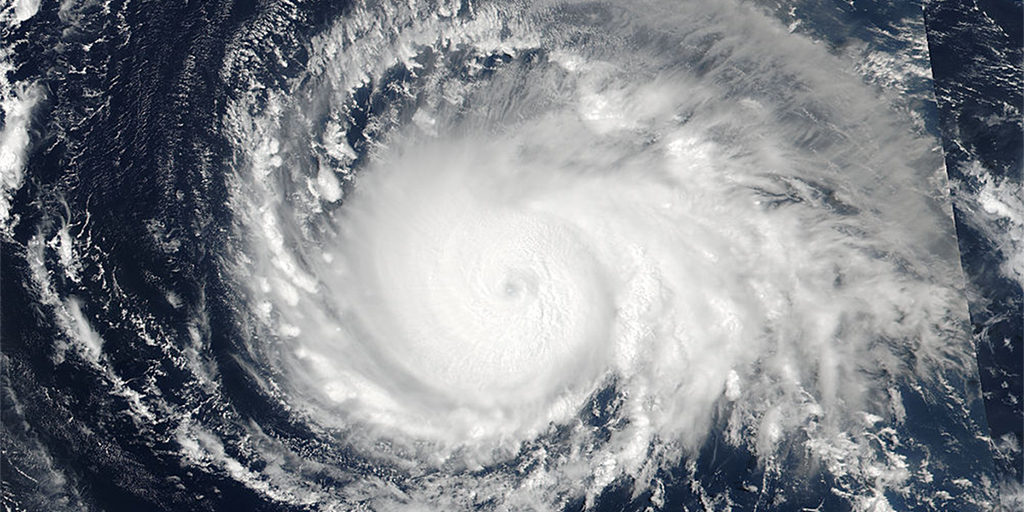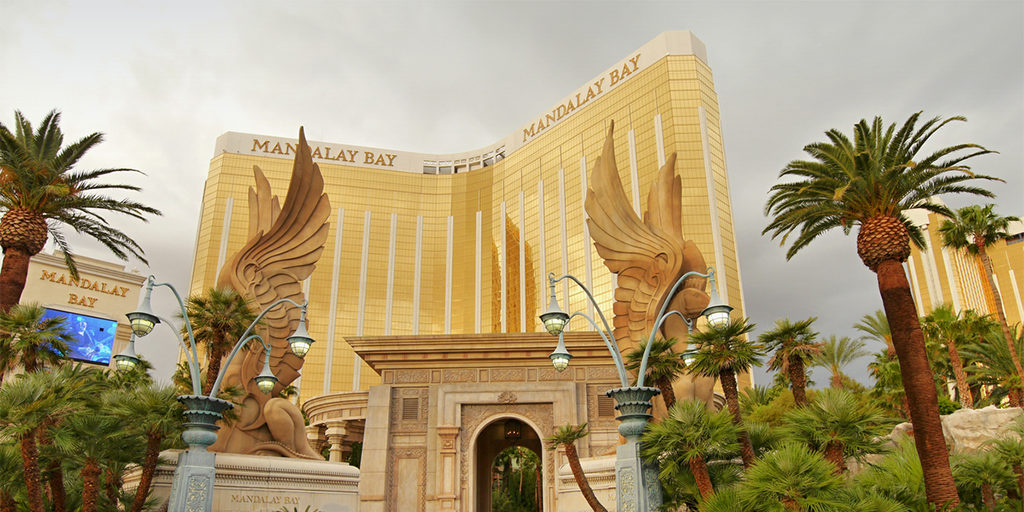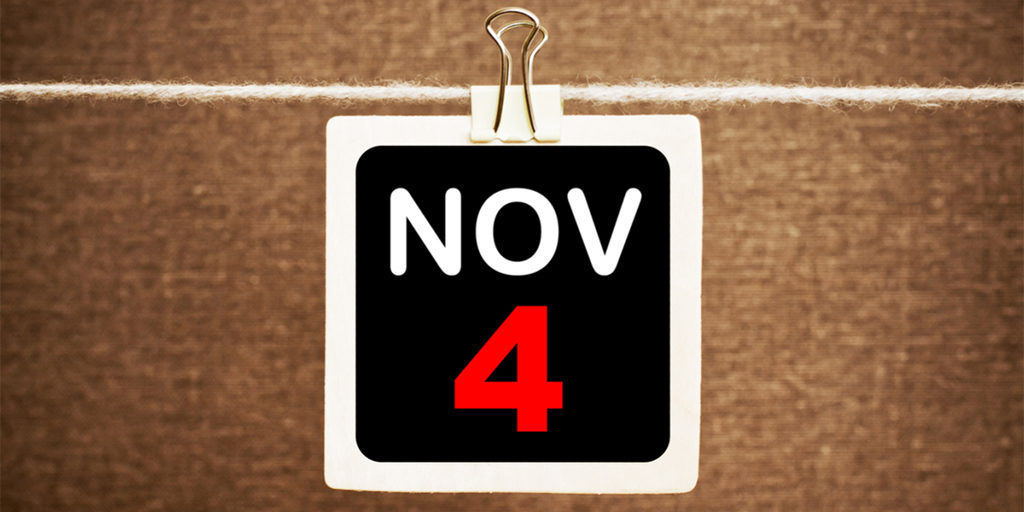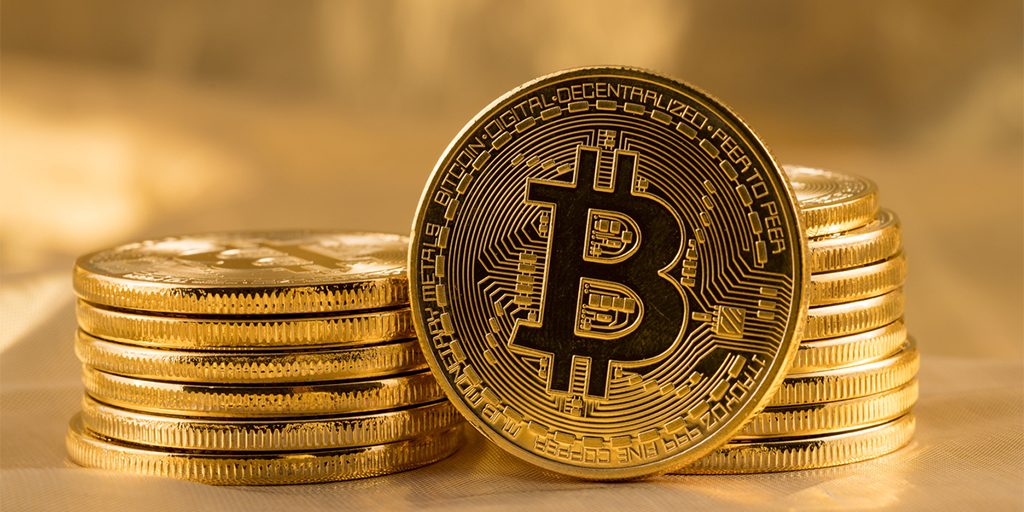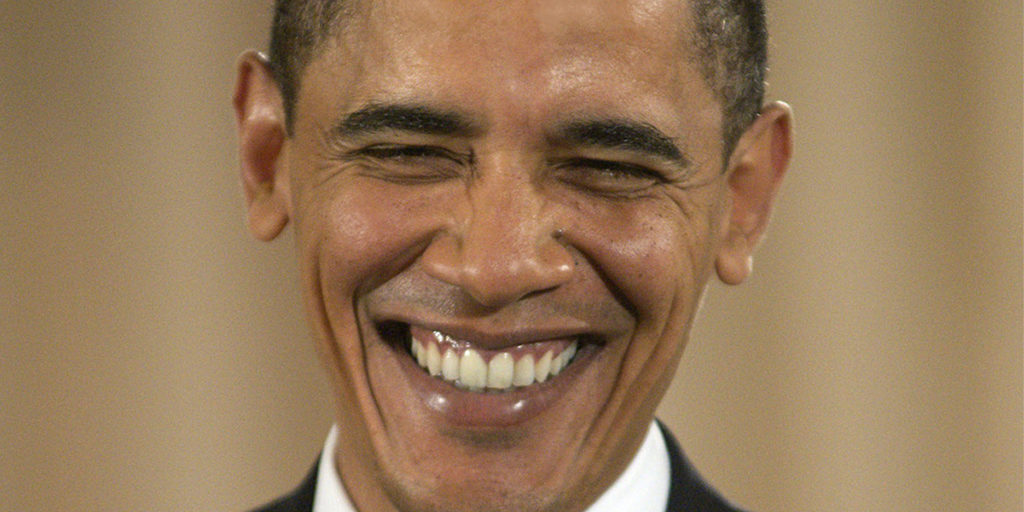The year 2017 saw conspiracy theories continue their migration from street-corner shouting to mainstream popular culture: the theories were everywhere, spouted by everyone, and were about everything. A rapper tried to crowdsource a satellite to prove the Earth was flat, new files pertaining to the Kennedy assassination were released over five decades later, and no less than the President of the United States spent Thanksgiving weekend tweeting a conspiracy theory chart that tied the Pope, organ harvesting, and a secret space program together.
To better evaluate what truly leapt off social media and had the most mainstream impact, we looked at some of the conspiracy theories and rumors seemed to move the most readers.
The truth, whatever it is, is out there.
Hurricanes
When a series of historically massive hurricanes hit the United States during August and September, conspiracy theories and hoaxes followed close behind.
One popular — and ancient — theory accuses the United States of engaging in “weather warfare” by using the Alaska-based High-Frequency Active Auroral Research Program (HAARP) to create them. HAARP is another frequent conspiracy theory bugaboo, supposedly involved in everything from making hurricanes to mind control.
Skeptics point out that HAARP is a low-frequency transmitter that has no power to make hurricanes or enslave minds. Beyond that, HAARP is no longer a government facility, having been donated to the University of Alaska Fairbanks in 2015. Presumably, if HAARP was a devastating weapon of weather war, the government wouldn’t just give it away.
On the other side of the spectrum, one conservative commentator tried to write the storms off as fake news, trumped up to push a climate change agenda and sell bottled water. This was the theory pushed by Rush Limbaugh, who claimed Hurricane Irma was far weaker than initial reports claimed — only to evacuate himself a few days later.
Las Vegas Shooting
After a man on the Las Vegas Strip opened fire on 1 October 2017, killing nearly 60 people and injuring hundreds more, rumors immediately began flying: one held that there were multiple shooters firing from several floors, another that the security guard was an accomplice (which culminated in far-right self-described reporters banging on his door, camping out in front of his house, and ultimately reporting, completely falsely, that he had gone missing), and yet another, as happens with all mass shootings in the United States, that the incident was a hoax featuring paid actors posing as victims in an effort to take away gun rights.
All of these were quickly debunked, though the shooter’s motive remains a mystery. A month later, the Clark County Sheriff told the Los Angeles Times that the shooter was a high-rolling gambler who had lost a “significant amount of wealth,” and had shown growing signs of mental instability. Even so, conspiracy theories continue to make the rounds, including one alleging that survivors of the shooting are being systematically murdered.
Antifa
Conspiracy theories have linked the anti-fascist activists known as "antifa" to a number of violent acts that either didn’t take place at all, or that had nothing to do with the activists.
One rumor that went far and wide was sparked by a viral video made by an amateur bounty hunter wearing an iron-on patch on his sweatshirt that vaguely resembled a law enforcement badge. He predicted (completely wrongly) that antifa "super-soldiers" would go house to house on 4 November 2017, stealing guns and killing white people in the name of resisting Trump.
Conspiracy theorists also linked antifa to both the Las Vegas shooting and the mass shooting in Texas a month later, despite no evidence existing that either shooter was part of any anti-fascist movement — or even sympathized with them.
Online commentators also tried to connect a train derailment near Olympia, Washington, to an eight-month-old blog post by a self-proclaimed Antifa group that said they had poured concrete on train tracks 15 miles away from the scene of the accident. As it turned out, the train had been traveling nearly three times the speed limit as it went around a dangerous curve.
Bitcoin
It shouldn’t be surprising that the online crypto-currency Bitcoin is a prolific generator of rumors and scams. After all, nobody knows who developed it, few people understand how it works, and its value swings wildly due to nebulous factors controlled by unknown forces. This means, of course, that it's a topic that's ripe for conspiracy theories.
So what’s really going on here? As Bitcoin value soared, one financialanalystwrote:
Governments are currently in the process of vetting the cryptocurrency space and using bitcoin as its primary test case ... before crushing private cryptocurrencies altogether, then replacing them with one government-sanctioned "bitcoin."
Other popular Bitcoin conspiracy theories in 2017: that its mysterious inventor is actually the NSA or Elon Musk, that an advanced artificial intelligence created it to take over the world, and that a few “whales” are hoarding Bitcoin to drive up the value of their own holdings.
But the most likely explanation for high Bitcoin value is that it's a hype-driven bubble that will level off once the public moves on — a speculative asset craze that's taken place many other times in history.
Obama's Shadow Government
Is Barack Obama controlling a "deep state" of bureaucrats and intelligence officials running a mini government to take down the Trump administration?
That’s the thinking behind an "Obama shadow government" working to destroy Trump. Conservative pundits and politicians have freely accused the former president and his appointees of leaking embarrassing information, rigging the Russia investigation, and planning nothing less than a coup through the FBI to throw Trump out of office. There is no evidence for any of these claims.
Roy Moore
The shocking allegations that Alabama Senate candidate Roy Moore either had or attempted sexual relations with numerous teenage girls were obvious fodder for conspiracy theories. They arose nearly instantaneously, holding that either the Washington Post was lying or Moore’s accusers were, and that the yearbook signature Moore bestowed on one of the accusers was forged.
Soon, a fake tweet surfaced accusing Post journalists of offering a thousand dollars for accusations. Meanwhile, someone pretending to be a Post reporter (with an anti-Semitic fake name and a strange attempt at a New York accent) cold-called people in Alabama to offer money for damaging information about the candidate. Moore himself fueled the theorizing, speculating that financier (and favorite bugbear of conspiracy theorists everywhere) George Soros was "trying to alter the voting populous" through pushing a "sexual" agenda.
Even after Moore lost the election, he leaned on conspiracy theories to explain the outcome, posting a Facebook message requesting money to investigate "reported cases of voter fraud and irregularities." Naturally, bottom-of-the-barrel conspiracy-mongering web sites immediately exploited that statement and others like it, publishing sensational (and completely false) "scoops" to bring in as many clicks and views as possible.
Fake Melania
President Trump was a magnet for conspiracy theories both in opposition to and in support of his administration. But none summed up the ephemeral nature of internet conspiracies like the one claiming a Melania Trump body double had posed next to the President.
The First Lady’s lack of public appearances and seeming aloofness make her an easy subject for gossip and rumors. Sure enough, in October, a Facebook user posted that something seemed “off” about Melania’s appearance as she stood next to the President during a quick appearance in front of reporters. Others then claimed that her nose, hair, and mouth looked different. Soon, social media was alight with rumors that Melania had been “replaced” by a decoy, either to help her avoid the spotlight, or because she’d split up with the president.
The theory relied on a few out-of-context low-quality images apparently taken by someone filming their television screen, and was quickly written off as cynical fake news. But for a few days it captured the attention of almost every major news outlet in the country, some of which covered it straight and others that pointed out how weird it was.
In that regard, it was a perfect example of most of 2017’s conspiracy theories: baseless, bizarre, and ultimately short-lived.

